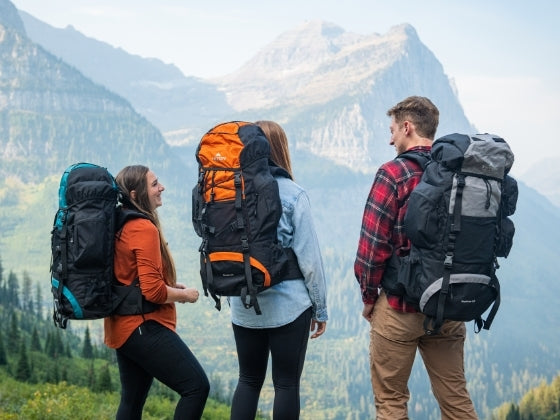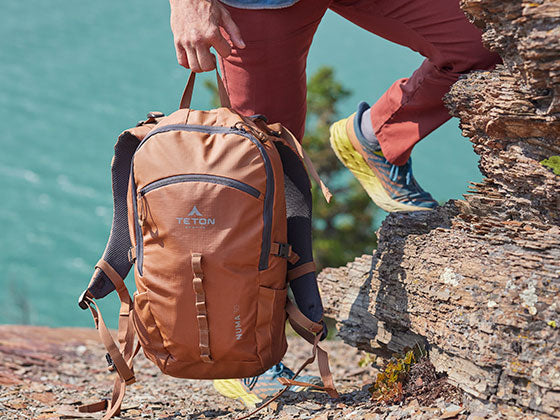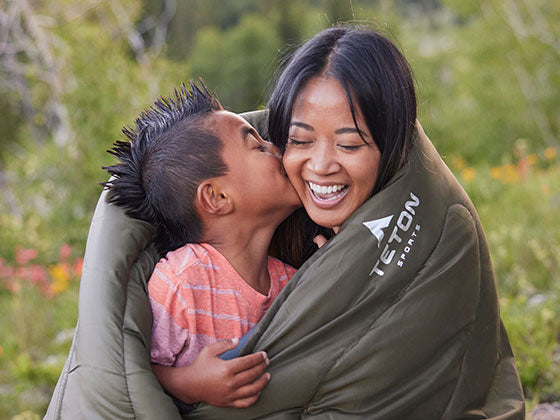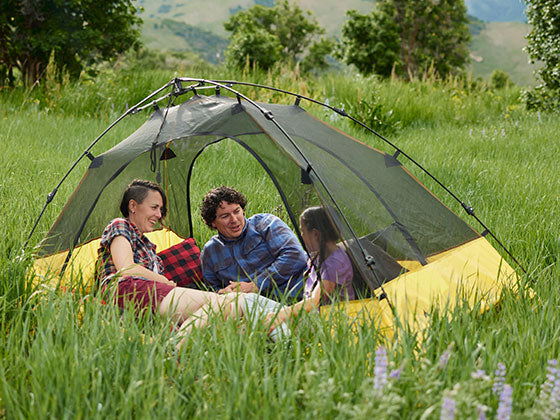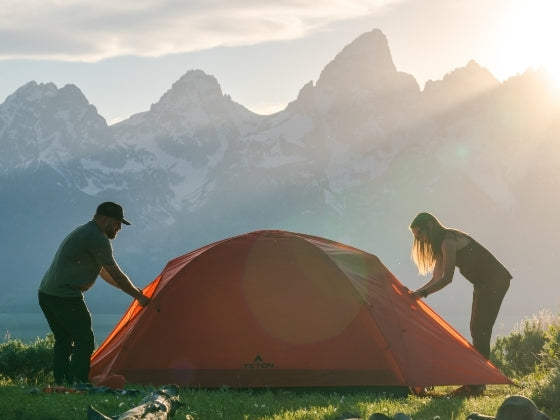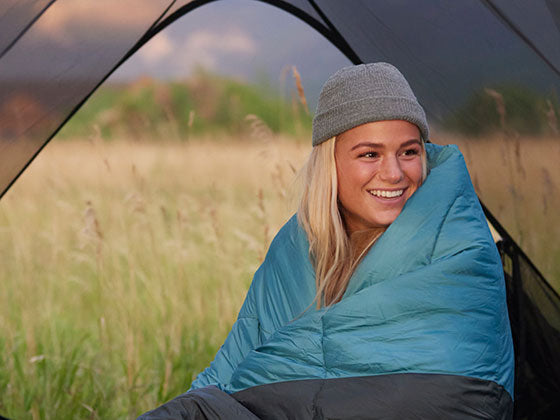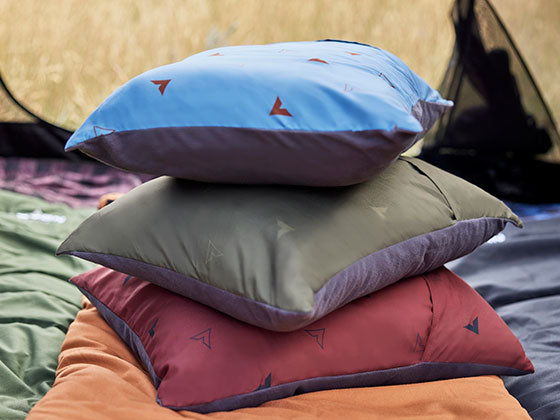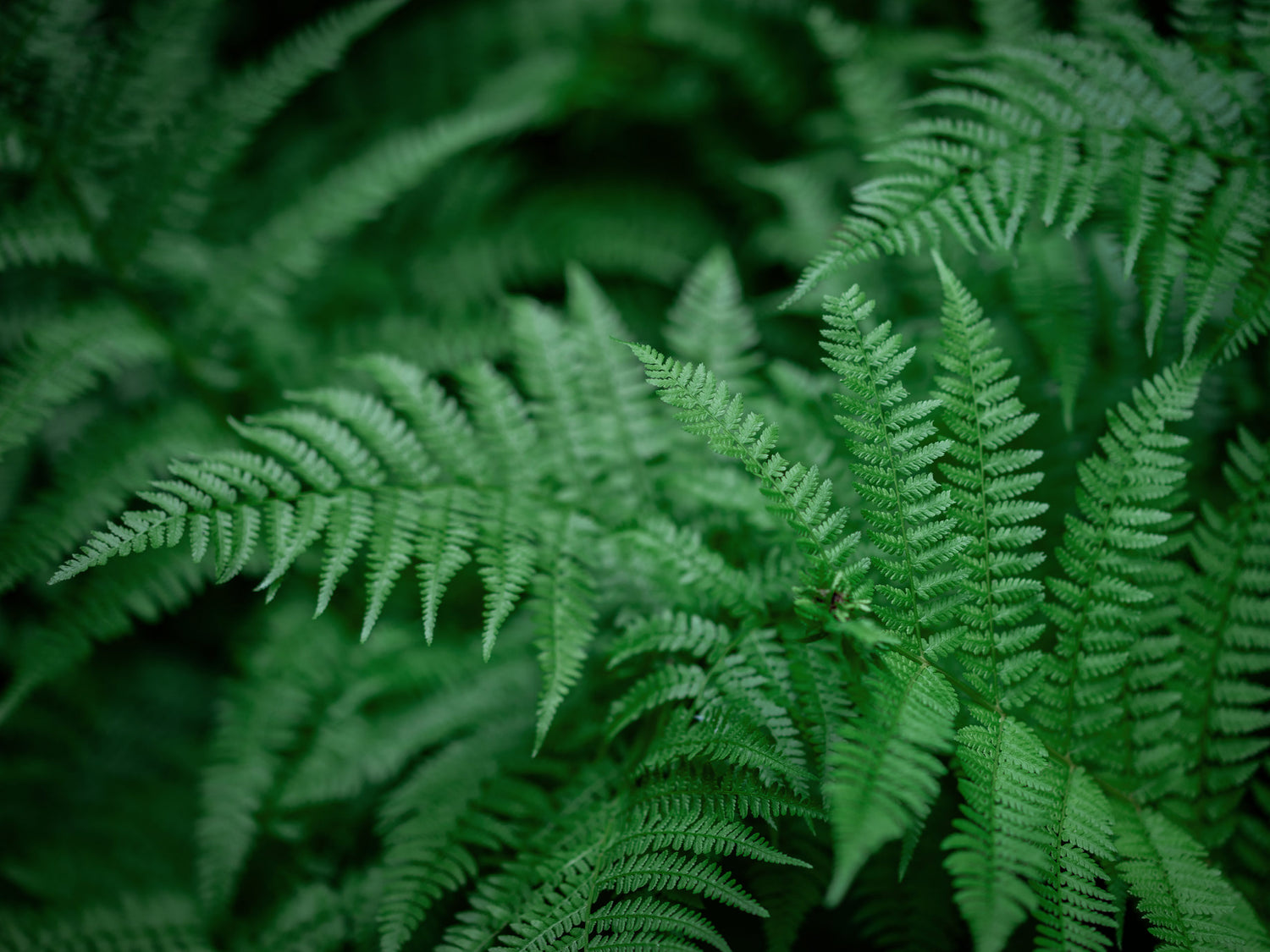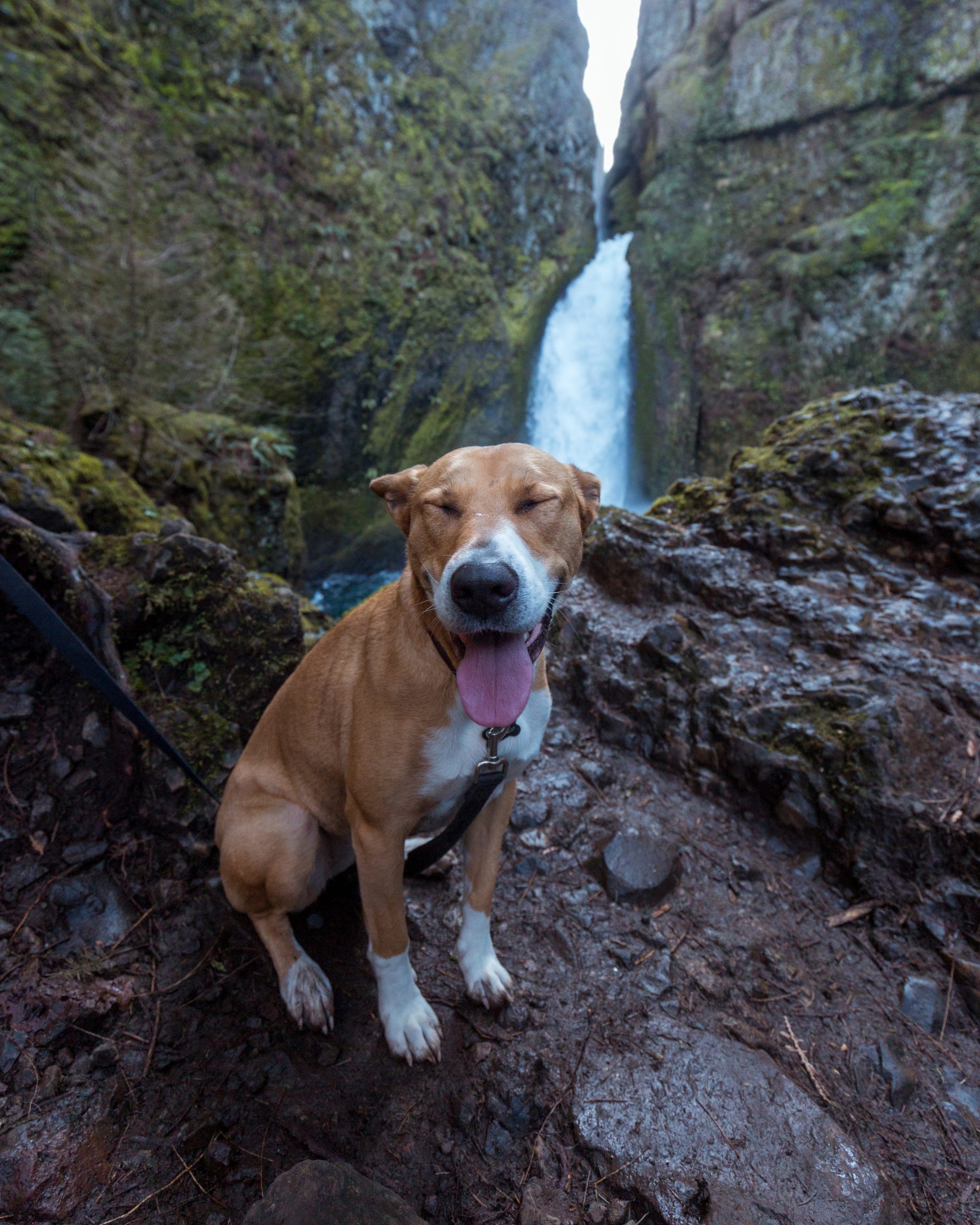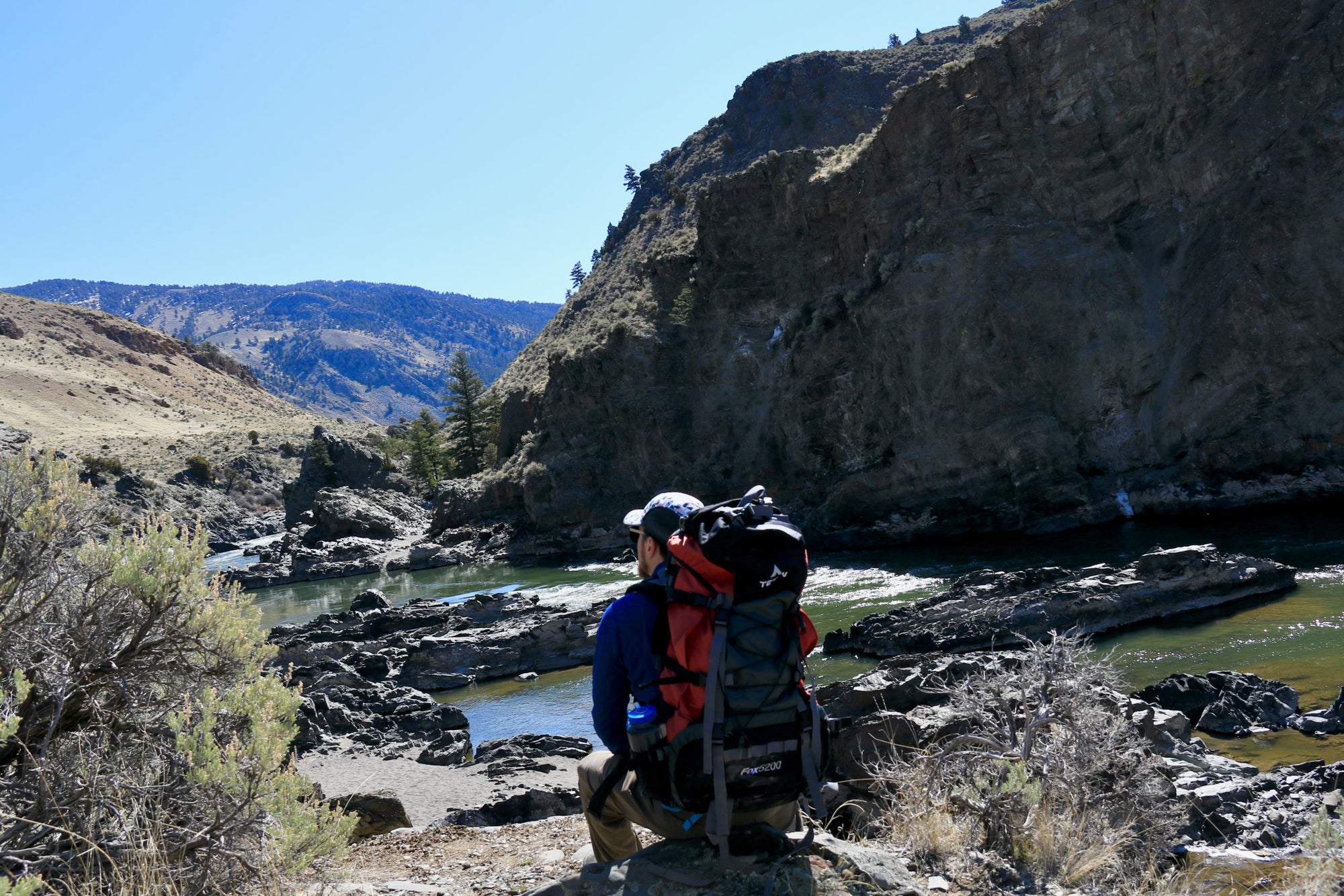By: Desiree Hester
As temperatures rise, the plant world is springing to life once again. If you find yourself puzzled by the seemingly endless varieties of plant life around you, it may be time to up your wild plant identification game. Let’s explore the many benefits associated with developing plant identification skills as well as how to get started today!
Benefits of Learning how to Identify Wild Plants
There are many benefits to learning how to identify wild plants. Apart from being a fun and immersive way to experience nature, honing your plant identification skills can keep you safe. Familiarizing yourself with the plant life in the area you are exploring will help you in becoming familiar with poisonous plants that could cause you harm. If you are traversing a trail that is in an area laden with unfamiliar plants, you will want to study up on which ones to avoid and will need to use caution when exploring the area. Recently, while backpacking through the incredibly diverse, lush Cascade Mountains in Washington State, I consulted with a local park ranger as well as an online guide that was specific to the area, in order to identify poisonous plants that I should avoid. In doing so I was able to dress appropriately to avoid close contact and kept a wide berth while capturing macro photographs of the flora along the trail and at our backcountry campsite.
In contrast, wild plants can also be used in many positive ways. For millennia, wild plants have been used both medicinally and for the consumption of nutrient dense food. Learning how to forage beneficial plants can be a rewarding experience that could also serve as a vital wilderness survival tactic, should an unfortunate wilderness event come your way in the future. Foraging should only be done in areas where it is allowed, and certainly only when you are certain of the plant’s identity. Learning from a foraging expert is the best way to ensure that the plants you obtain are safe to use and consume. Finally, taking time to observe and learn how to identify wild plants will increase your appreciation for the impact you can have on the environment. You can be an advocate for protecting and preserving vital and even endangered plants that are crucial to an ecosystem. The more informed you are, the better your interaction with the environment will be.
How to Get Started in Plant Identification
There are various different resources available for developing your plant identifying skills. Here are just a few ideas to get you started:
- Study a Guidebook: You can start by grabbing a guidebook on wild plant identification. Though generalized guidebooks can still be helpful, the more specific the guidebook is to the area where you are exploring, the better. Focusing on information that is specific to your area decreases the likelihood that you will misidentify a plant. The U.S. Forest Service offers a list of all the guidebooks their botanists use, divided up by each region of the United States.
- Take a Community Course: In addition to local guidebooks, many communities offer plant identification and foraging courses that you can attend. Taking part in an in person course gives you the opportunity to ask questions, learn from a local expert, and see plants being identified in their native environment.
- Visit a Local Botanical Garden: Many botanical gardens offer the opportunity to view and learn about native plants and trees that grow in the area. Exploring botanical gardens is not only a fun weekend activity, but it can also be very informative. If the gardens offer guided tours, join to learn from an expert. If tours aren’t available, you can still find information aplenty throughout the gardens by locating plant markers. Some botanical gardens may even offer wild plants that are endangered or difficult to locate in the wild. Seeing them up close will greatly aid you in identifying them in the future.
- Try a Plant Identification App: Having a plant identification app on your phone is great for brushing up your skills while you’re out on the trail. The PlantSnap app boasts a database of over 600,000 plants and allows you to identify plants, flowers, trees, mushrooms and cacti. Another notable app to explore is iNaturalist. Created in partnership with National Geographic, this app is not only informative, but a fun way to contribute and engage with naturalists and nature lovers from near and far. App users can submit photos and encounters as well as learn from expert naturalists.
- Get out in Nature: The more time you spend observing your natural surroundings, the sharper your skills of wild plant identification will be. Take a hike, visit a national park or explore the native plant life in your area. Closely observe and take note of notable aspects of the plants around you. Leaf and stem structure and texture, the presence of berries or flowers, the location where the plant is growing (in the shade, near water, in rocky terrain, etc.), the color, and any odor the plant offers can all help you in distinguishing one plant from the next.
So, the next time you are headed for the great outdoors, spend time observing the diverse plant life around you. Take notes on your discoveries and educate yourself on what you have found. You might be amazed by what hidden gems are lurking right under your nose!
About the Author: Desiree Hester
Desiree is a photographer, blogger, world traveler and creator of The Wayfarer Journeys travel website. Through her words and photos she aims to inspire others to dedicate more time to being in nature and to add outdoor adventure into every trip that is taken. Desiree believes that anyone can benefit from travel and time spent in the great outdoors- no matter their skill level. Whether in her beautiful home state of Utah or while traveling abroad, she can be found hiking, back packing, camping, snow shoeing, cooking a mean dutch oven meal or out on the lake with her wonderful husband and fearless adventure pup, Waldo. You can follow Desiree on Instagram at @thewayfarerjourneys

